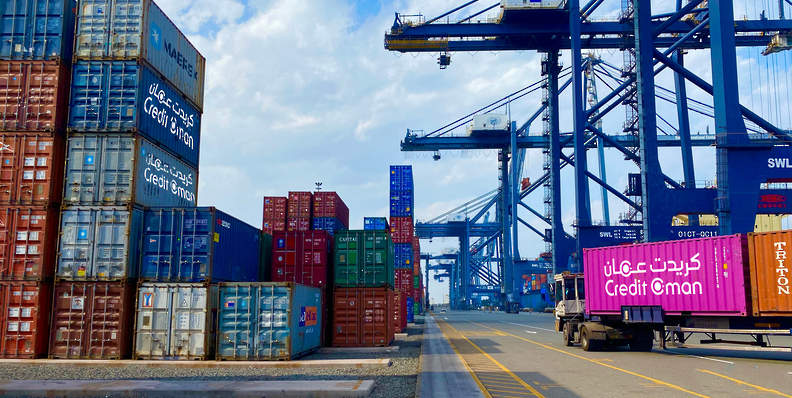RIYADH: A new framework is set to serve as a central hub for accessing transparent economic and social data, thanks to the official launch of the Data Saudi platform.
On the sidelines of the tech conference LEAP 2024 held in Riyadh, Minister of Economy and Planning Faisal Al-Ibrahim introduced the service, which will facilitate access to data and increase the transparency of information related to the national economy, in line with Saudi Vision 2030.
Since its trial basis launch in September 2023, the platform has undergone continuous updates and has been augmented by several features, according to the Saudi Press Agency.
It includes key indicators and provides the ability to view them throughout the Kingdom and across its regions through visual and interactive methods that facilitate users’ access to details on the Saudi economic and social sectors, SPA reported.
The platform’s indicators provide accurate and diverse information from a variety of sectors. Important economic indicators such as the international trade balance, worker remittances, capital-account balance, and current-account balance are highlighted.
Several social markers such as population density, births and newborns, and a population pyramid are also included.
HIGHLIGHTS
• The platform’s indicators provide accurate and diverse information from a variety of sectors.
• Indicators such as trade balance, remittances, capital-account balance, and current-account balance are highlighted.
• Several social markers such as population density, births and newborns, and a population pyramid are also included.
• SDAIA signed three MoUs focusing on the localization of digital technologies and innovations.
• LEAP featured over 1,000 international and local companies and more than 1,000 expert speakers from 180 countries.
Meanwhile, the Ministry of Economy and Planning received recognition during LEAP 2024 from Digital Government Authority Gov. Ahmed Al-Suwaiyan for securing the National Enterprise Architecture Accreditation Certificate.
Governmental organizations who demonstrate excellence in implementing the national model for enterprise architecture maturity standards are awarded the certificate by the relevant authority.
In the public sector, these standards help to accelerate digital transformation and raise the bar for maturity.
LEAP 2024 featured over 1,000 international and local companies in the technology sector and more than 1,000 expert speakers from 180 countries. To accommodate such a large turnout the venue is nearly double the size it was last year.
The Kingdom’s Vice Minister of Communications and Information Technology Haitham Al-Ohali welcomed thought leaders, influencers, investors, and innovators worldwide to the event.
“This edition arrives at a time when variables are accelerating, and generative artificial intelligence is a critical turning point at the economic and social levels,” he said.
After three days of significant announcements, the LEAP conference saw major deals signed in artificial intelligence and innovation localization during its concluding sessions.
On the event’s sidelines, the Saudi Data and Artificial Intelligence Authority, or SDAIA, signed three memorandums of understanding, including one with Samsung Electronics Co., focusing on the localization of digital technologies and innovations.
The collaboration will also potentially involve integrating Tawakkalna, the Saudi citizen’s digital companion system, into all Samsung devices in the Kingdom. Additionally, it encompasses providing training services and workshops on the latest technologies used in the field of mobile application development.
The authority also signed an agreement with PwC Middle East, with the aim of conducting pioneering research and experiments on the latest AI tools and large language models specifically designed for the Arabic language.
In an effort to establish an advanced virtual laboratory for AI and a center for Generative AI experiments, the agreement aims to leverage GenAi to enhance SDAIA’s operations and capabilities. This includes organizing ideation workshops and proposing use cases for adopting advanced GenAi tools.
In another boost to localization, the authority’s final agreement was with tech giant intel. The partnership aims to build national capabilities in AI by providing programs to equip university students with knowledge and skills needed to utilize AI in various professional fields.
The technology conference was awash with thousands of international companies and startups. The government agencies also used the event to showcase their digital products and services.
As many as 1,800 exhibitors, 170,000 attendees and 1,100 expert speakers, and over 30 public sector entities attended the gathering in Riyadh.
The agencies participated in the Digital Saudi Exhibition organized by the Digital Government Authority to showcase innovative models of working using emerging technologies.
In addition, they also signed strategic agreements, launched new services and took part in discussion sessions and workshops about digital transformation.
On Wednesday, Saudi Minister of Communications and Information Technology Abdullah Al-Swaha unveiled the Kingdom’s plans to launch a strategy for space and a space company to boost government investment and private sector’s contribution to the field.
There are two main phases Saudi Arabia will be focusing on, with details to be announced in the coming national strategy, he revealed. First, Al-Swaha said, is the upstream, which is space exploration.
The second will be downstream, he noted, saying: “In the downstream, we will focus on three main markets: space telecommunications — to connect the unconnected world — we have a golden opportunity to fill this void in the Kingdom and our brothers in Africa and Asia. The second is navigation, which according to studies, affects 7 percent of the local production, and we, therefore, will localize this. Lastly, is carbon reduction through earth observation to be
able to track emissions.”



































